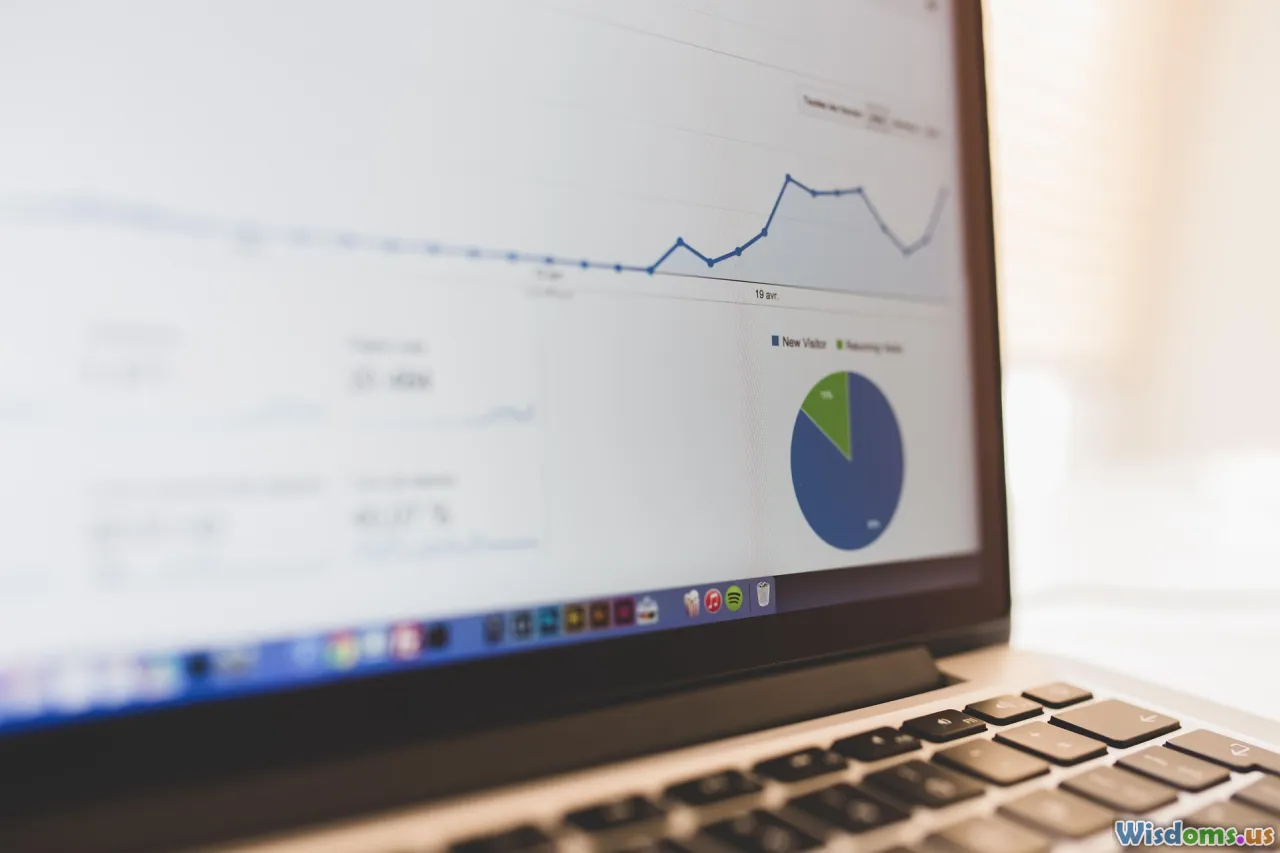
How Streaming Trends Are Changing Billboard Top Charts
8 min read Explore how streaming reshapes Billboard charts, redefining music success in the digital age through data-driven insights and shifting industry dynamics. (0 Reviews)
How Streaming Trends Are Changing Billboard Top Charts
Music consumption is in constant flux, but few revolutions have been as profound as the rise of streaming. Once dominated by physical sales and radio airplay, the Billboard Top Charts now mirror a digital landscape where listening habits are tracked second by second. This transformation has reshaped not only how artists ascend the rankings but also how the industry defines success.
In this article, we’ll explore the key ways streaming has disrupted traditional chart metrics, the introduction of new data methodologies, the influence on artist breakthroughs, and the broader implications for the music ecosystem.
The Evolution of Billboard Metrics: From Sales to Streams
Historically, Billboard charts such as the Hot 100 relied heavily on physical sales—vinyl, CDs, and eventually digital downloads—alongside radio airplay. However, as listener habits pivoted towards on-demand access, this methodology became outdated.
Incorporating streaming music data into Billboard charts started as an experiment in 2012, reflecting platforms like Spotify, YouTube, and Pandora’s growing user bases. According to Billboard, by 2013, streaming data was officially integrated into the Hot 100’s ranking formula, with viral hits like Macklemore & Ryan Lewis’ "Thrift Shop" illustrating this new dynamic.
Streaming Metrics: The New Currency
Today, the Billboard Hot 100 factors in:
- Audio streams (on-demand and programmed)
- Video streams (including YouTube, Vevo)
- Digital and physical sales
- Radio airplay
On-demand streams carry more weight, given the intentionality from listeners choosing specific songs, versus programmed streams mimicking radio playlists.
For example, according to Nielsen Music/MRC Data, in 2023, over 80% of Billboard Hot 100 points stemmed from streaming, dwarfing sales and airplay contributions. This shift means that a song can chart highly based on streaming popularity alone, even with minimal radio support.
Streaming’s Role in Accelerating Breakout Artists
Before streaming, discovering emerging talent was heavily reliant on label promotion, radio play deals, and physical distribution. Streaming platforms democratize access to music worldwide, allowing independent and lesser-known artists to reach audiences immediately.
Viral Breakouts and Playlist Power
Playlists on platforms like Spotify’s "Today's Top Hits" or Apple Music’s "A-List Pop" often drive millions of streams, impacting chart positions decisively. For instance, Billie Eilish’s rapid rise correlates with streaming playlist placement and social media buzz that amplified her visibility.
TikTok also acts as an unpredictable tastemaker. Tracks like Lil Nas X’s "Old Town Road" initially exploded on TikTok before dominating Billboard charts for a record 19 weeks. The short-form video format creates viral moments that directly translate into streaming surges.
Data-Driven A&R and Marketing
Labels and artists increasingly use streaming analytics to guide timing for single releases, promotional pushes, and tour routing. Insights into listener demographics and behaviors allow more targeted strategies than ever before.
Impact on Chart Longevity and Hit Lifecycles
Streaming alters the lifespan of hits—both shortening and lengthening.
-
Extended Popularity: Evergreen songs sustain high stream counts over years. For example, older hits like Luis Fonsi’s "Despacito" still garner significant streams, maintaining a spot on certain charts long after release.
-
Faster Rise and Fall: Conversely, streaming can create rapid spikes in a song’s popularity but also quicker declines as listeners cycle through endless options.
This volatility contrasts with the slower, incremental climb typical in the radio era.
Challenges and Criticisms
While streaming drives inclusivity and real-time responsiveness, it raises concerns:
Manipulation and Streaming Farms
The industry struggles with artificially inflating streams to boost chart positions. "Streaming farms"—clusters of devices used to play songs on repeat—undermine chart integrity. Billboard and streaming services constantly update fraud detection but it remains a cat-and-mouse game.
Genre Representation
Certain genres that thrive on physical sales or traditional radio suffer under streaming-heavy metrics. Classic rock and country may lag in streaming yet still command loyal audiences, challenging equitable chart representation.
Monetization and Artist Revenue
Emphasizing streaming can overshadow revenues and incentives. While streams fuel chart ascension, artists and songwriters may receive lower payout rates per play compared to past physical sales earnings.
Future Trends and Industry Adaptations
Looking ahead, Billboard and the wider music industry are continuing to evolve:
- Increased Video Integration: Including platforms like TikTok and Instagram, reflecting cultural impact beyond pure audio listens.
- Algorithmic Transparency: Billboard is gradually clarifying chart formulas to enhance transparency and address manipulation.
- Hybrid Consumption Metrics: Incorporating social engagement, downloads, and live event popularity into rankings.
Industry insiders forecast growing synergy between AI, big data, and streaming to refine how hits are identified and promoted.
Conclusion: Streaming as the New Gatekeeper of Chart Success
Streaming has fundamentally transformed how artists rise, how audiences consume, and how industry success is quantified on the Billboard Top Charts. By providing immediate, data-rich insight into listener behavior, it has democratized music exposure while introducing new challenges.
Understanding these trends empowers artists, producers, and fans to navigate a music ecosystem where clicks and streams wield unprecedented influence. While the rules are still being written, one fact is clear: streaming isn’t just another format—it’s reshaping the future of chart-topping music.
Whether you’re a musician striving to harness streaming potential or a fan curious about how hits are made, embracing this new digital reality opens doors to fresh opportunities and insights into the ever-evolving soundtrack of our time.
References
- Billboard (2023). "How Streaming Changed the Hot 100 Forever." [Billboard.com]
- Nielsen Music/MRC Data (2023). "Annual Streaming Report."
- Spotify Insights (2022). "Playlist Impact on Music Discovery."
- Rolling Stone (2021). "The TikTok Effect on Music Charts."
Rate the Post
User Reviews
Popular Posts


















